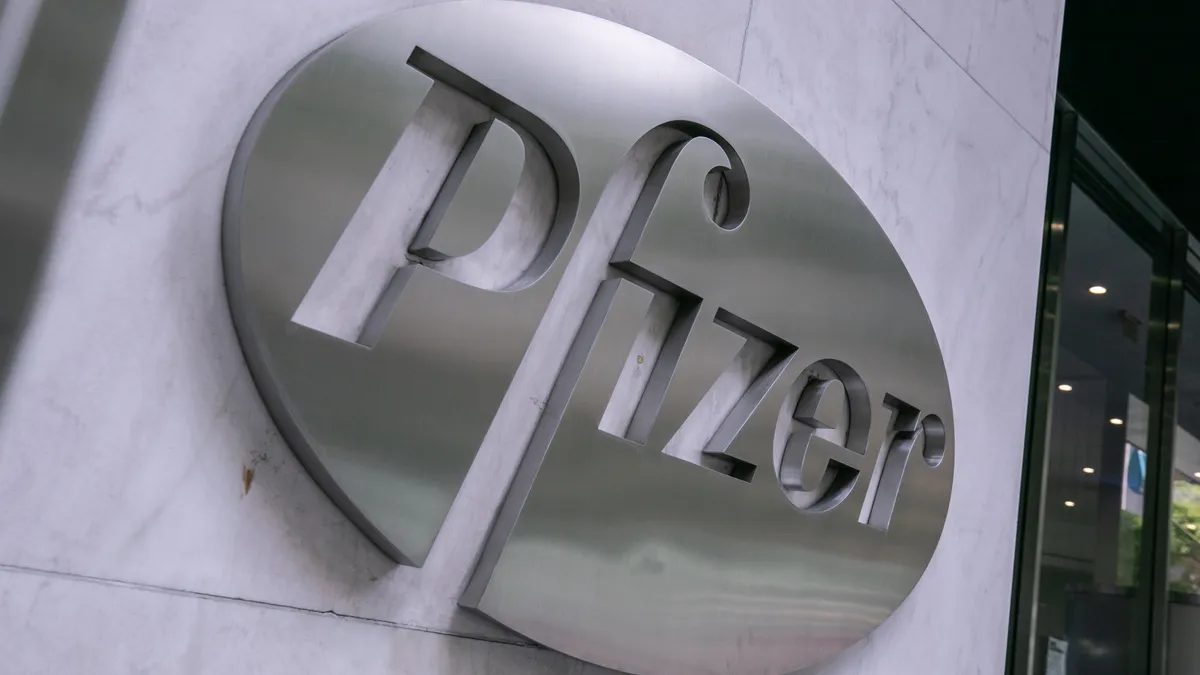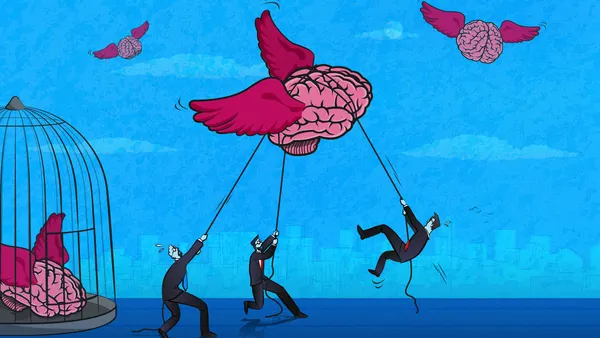Pfizer’s top scientist Mikael Dolsten is stepping down after leading the drugmaker’s research and development for the past 15 years, a period that includes Pfizer’s remarkable success developing a COVID-19 vaccine but ends with the company at a crossroads.
On Tuesday, Pfizer said it has begun searching for a successor to Dolsten, who in 2010 became chief scientific officer as well as R&D head. The process is expected to last “probably through early next year,” Pfizer said.
Dolsten will help with the search and continue to serve in his current position until a successor is in place and “any necessary transition is complete,” according to Pfizer.
Dolsten is a veteran drug hunter, having served in major research roles for Boehringer Ingelheim, AstraZeneca and Wyeth before joining Pfizer. He came to Pfizer after the company acquired Wyeth in a $68 billion megamerger in 2009, and then was tasked with leading the company’s drug research as well as development through mid-stage testing.
Over that time, Pfizer changed CEOs multiple times and narrowed its focus to branded medicines, spinning off its animal health and consumer divisions. And under Dolsten’s watch, Pfizer cut back its neuroscience research and pushed further into oncology and gene therapy.
Since Dolsten’s arrival, Pfizer has won approvals for over 35 drugs and vaccines, more than half of which were new molecules, the company said. Among those medicines were the immunology treatment Xeljanz, the respiratory syncytial virus vaccine Abrysvo and the transthyretin amyloidosis therapy Vyndamax. The company also won its first gene therapy approval, for the hemophilia B treatment Beqvez, early this year.
Perhaps most notably, Dolsten helped steer development of Comirnaty, the COVID vaccine Pfizer co-created with biotechnology partner BioNTech. The shot obtained its initial authorization in 2020, less than a year after scientists identified SARS-CoV-2, and it quickly became one of the most lucrative pharmaceutical products in history. Pfizer followed with an antiviral treatment for COVID, Paxlovid, that also eclipsed $1 billion in yearly sales.
In a statement, Pfizer CEO Albert Bourla called Dolsten “the architect” of Pfizer’s R&D. “Mikael is a distinguished scientist, physician, and leader, and his work will undoubtedly leave an important stamp on the legacy of this 175-year-old company,” Bourla said.
But there have been major setbacks, too. Pfizer has retreated from gene therapy research in recent years and one of its top prospects, for Duchenne muscular dystrophy, failed in clinical testing last month. The company’s exit from neuroscience in 2018 came a few years before the recent drug approvals in Alzheimer’s disease. A cancer immunotherapy it co-developed with Merck KGaA never became a big seller; Pfizer sold off rights to the therapy last year.
Pfizer also spent years unsuccessfully researching a non-opioid painkiller and has stumbled in its efforts to develop a drug for obesity. The latter miss may mean the most for investors, as Eli Lilly and Novo Nordisk have quickly become the industry’s most valuable companies on the successes of their now well-known weight loss medicines.
Those setbacks, combined with the quick and steep loss of billions of dollars in COVID-related drug revenue, have left Pfizer in a precarious position as it searches for a new research leader. The company has aggressively trimmed spending over the last year and reshuffled its executive team, with Chris Boshoff taking over oncology research. Shares have lost more than half their value since peaking at about $59 apiece in 2021.
Pfizer is looking to the cancer medicines acquired in its 2023 buyout of Seagen to revitalize sales growth, but also awaits a key study readout in obesity that could have an important impact on its future.
“Leading research and development at Pfizer has been a journey of a lifetime,” said Mikael Dolsten, Chief Scientific Officer and President, Pfizer Research & Development. “I look forward to working closely with Albert to find a new leader who can build on our success and bring even more breakthroughs to patients in need.”











